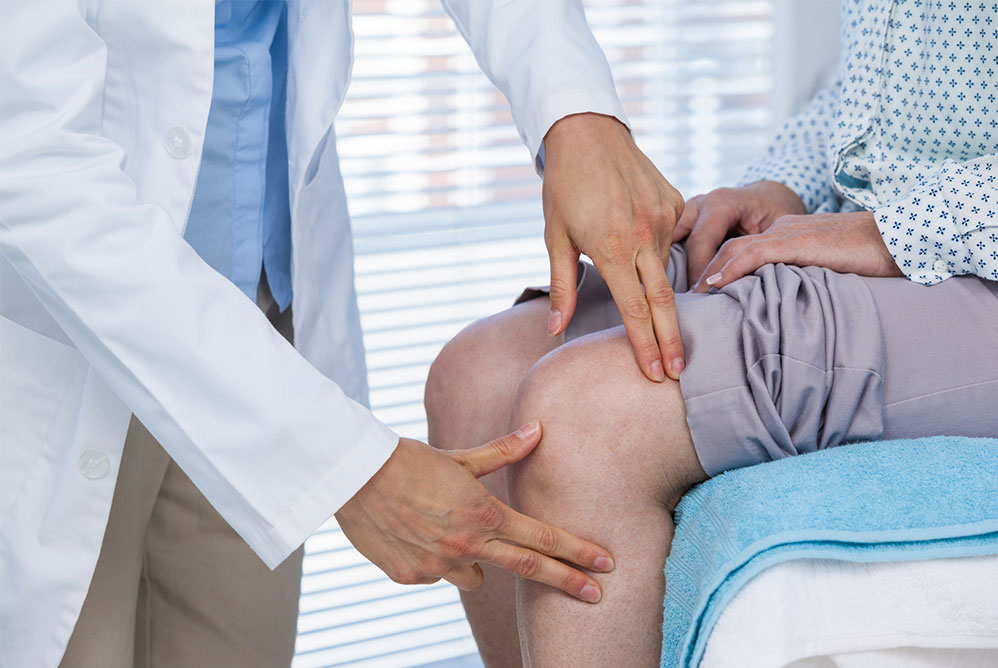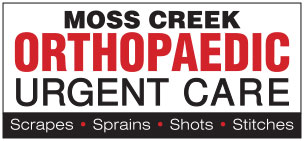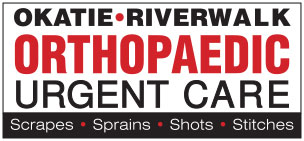INJECTIONS & CORTISONE SHOTS
Cortisone shots are injections that usually help relieve pain and inflammation in a specific area of your body. They’re most commonly injected into joints — such as your ankle, elbow, hip, knee, shoulder, spine and wrist. Even the small joints in your hands and feet might benefit from cortisone shots.
The injections usually comprise a corticosteroid medication and a local anesthetic. Often, you can receive a cortisone shot at your healthcare provider office. Because of potential side effects, the number of shots you can receive in one year generally is limited.
Why it’s done:
Cortisone shots may be most effective in treating inflammatory arthritis, such as rheumatoid arthritis. They can also be part of treatment for other conditions, including:
- Bursitis
- Gout
- Plantar fasciitis
- Psoriatic arthritis
- Reactive arthritis
- Rheumatoid arthritis
- Tendinitis
Risks:
Complications of cortisone shots can include:
- Joint infection
- Nerve damage
- Thinning of skin and soft tissue around the injection site
- Temporary flare of pain and inflammation in the joint
- Tendon weakening or rupture
- Thinning of nearby bone (osteoporosis)
- Whitening or lightening of the skin around the injection site
- Death of nearby bone (osteonecrosis)
- Temporary increase in blood sugar
Limits on the number of cortisone shots:
There’s concern that repeated cortisone shots might cause the cartilage within a joint to deteriorate, so our providers typically limit the number of cortisone shots into a joint. In general, you shouldn’t get cortisone injections more often than every six weeks, and usually not more than three or four times a year.



